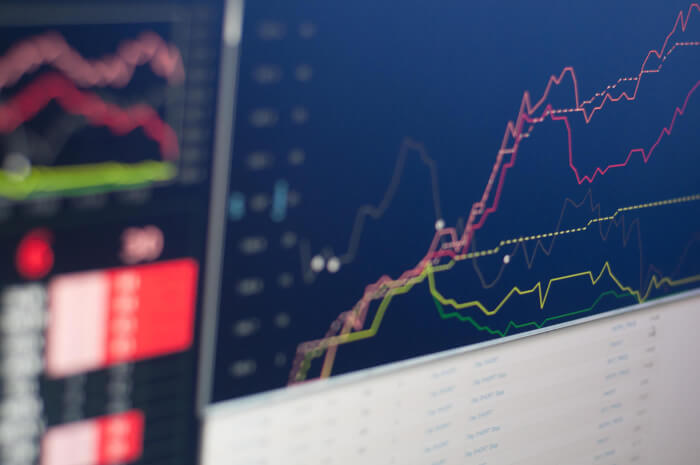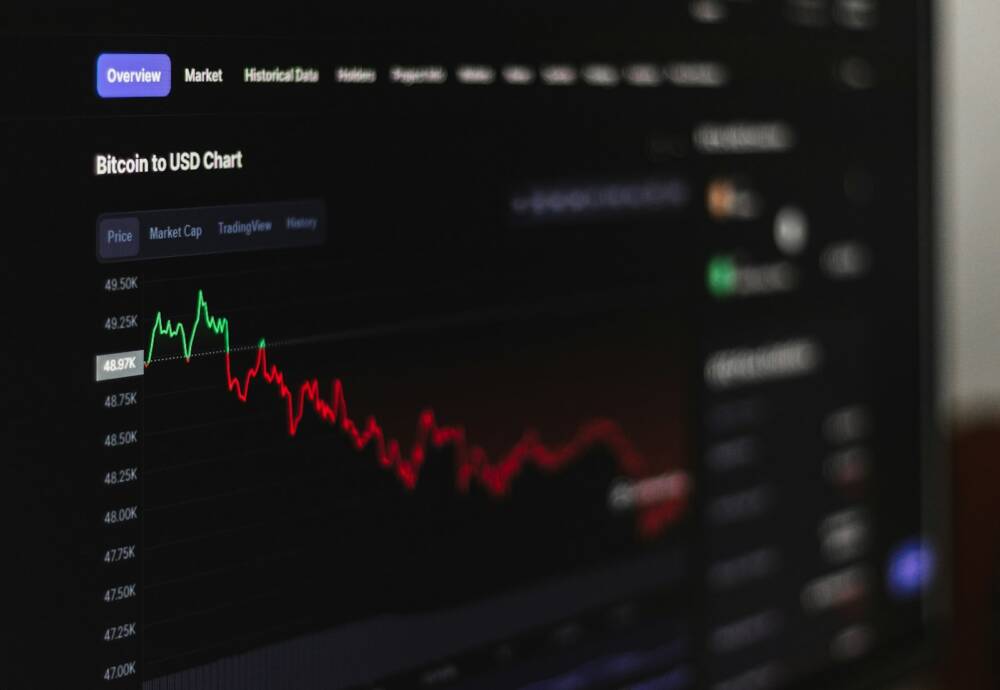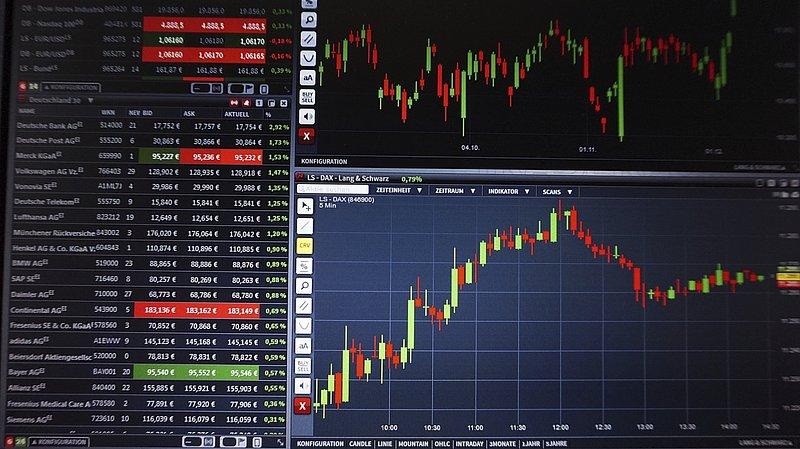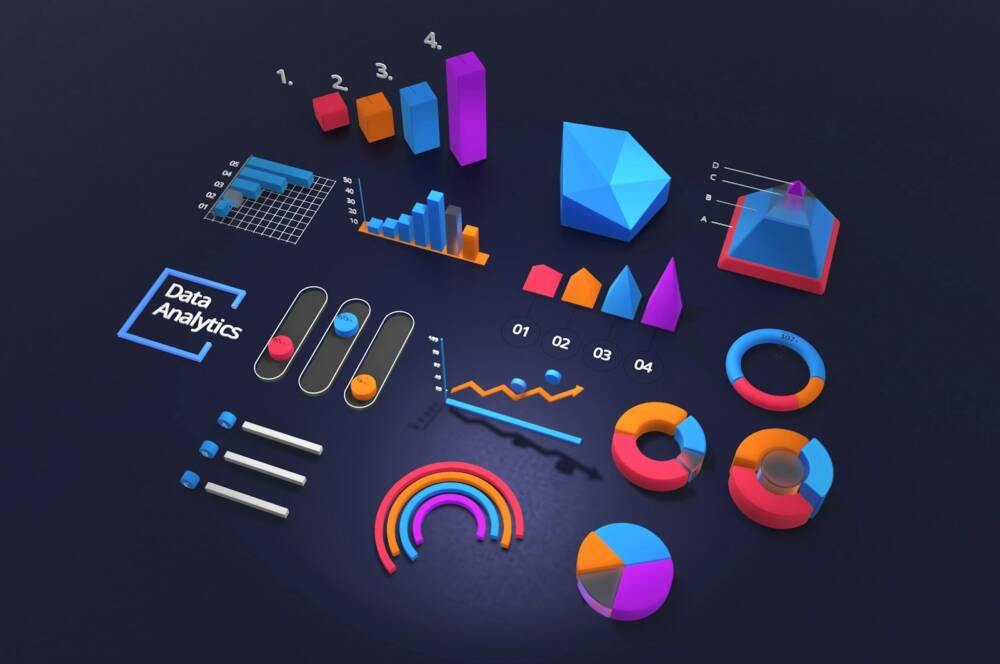According to Statista’s insights on global OTC foreign exchange, the United Kingdom had the largest over-the-counter foreign exchange market in 2019, with an average daily turnover of $3.6 trillion (£2.74 trillion) from forex derivative trading. In fact, standard spot transactions only accounted for $1.1 trillion (£836 billion) of the total average daily turnover — positioning the UK as a thriving, advanced market for forex trading.
It’s natural, then, for experienced traders to use sophisticated forex software for their transactions. Most good forex brokers offer clients well-known, third-party platforms at no additional cost, which can help serious traders earn more money. While most of these tools are excellent, they tend to have similar features that make it difficult to find the best platform. At the most basic level, however, here are three key aspects of software to keep an eye out for:
Timely and accurate forex quotes
As prices fluctuate in a matter of seconds, having timely information is crucial in navigating the forex market. Trading software should provide accurate data for all currency pairs you wish to trade, down to the second. This helps you avoid the risk of requotes, initiate trades at the right time, and monitor your numbers adequately. You also want a platform that executes deals quickly, providing a reliable entry to all types of orders you may need.
cTrader is really good for this, because it incorporates all popular order types such as buy at market price orders, sell at market price orders, place buy or sell limit orders, place stop orders, buy stop limit orders, and sell stop limit orders. And given the recent partnership between Pepperstone and TradingView, you may expect a TradingView social charting integration for cTrader as well, although this is currently available in Australia only.
Key analytics features
The platform you choose should have a full set of fundamental and technical analysis tools, including charts, indicators, a news feed, economic data release calendar, and more — which should be updated on a real-time basis. Case in point, MetaTrader 4 (MT4) made FXCM’s list of top trading software for a reason. The MT4 offers interactive charts, multiple order types, and advanced analytics, making it one of the most popular forex platforms around.
Aside from the 30 built-in indicators, the MT4 also has more than 2000 free custom indicators and 700 available for purchase. These indicators provide traders a chance to study trend currents, and improve on their strategy. As a bonus, the platform should allow for data printout and summarisation for printing; a comprehensive breakdown of past transactions would help traders spot any flaws in their methodology and improve.
User-friendly and customisable approach
A trading platform should let you be hands-on with your account, so you can establish your position as the market moves. It would be good to find a software with functions you can customise. Moreover, any software you use should be easy to use and adjust depending on your preferences, especially if the platform accommodates several markets at the same time. NinjaTrader is a good example of this. Even the free version is highly-intuitive, offering plenty of advanced trading features and allowing traders to use several data sources on the platform.
With NinjaTrader’s recent acquisition of Tradovate Holdings, it’s likely they will further transform their product for accessibility; Tradovate Holdings is known for pioneering a cloud-based trading infrastructure for futures. Other things to look for in a user-friendly platform are minimal system downtime, 24/7 tech support, and strong data security.
For more tips on forex trading, it helps to seek out fellow traders. In our article on Top Ten Forex Forums, we recommended message boards and forums like Forex Factory and Babypips Forum, where you can exchange valuable information with other traders — so do check that out today.
MKTPlace is a leading digital and social media platform for traders and investors. MKTPlace offers premiere resources for trading and investing education, digital resources for personal finance, news about IoT, AI, Blockchain, Business, market analysis and education resources and guides.













